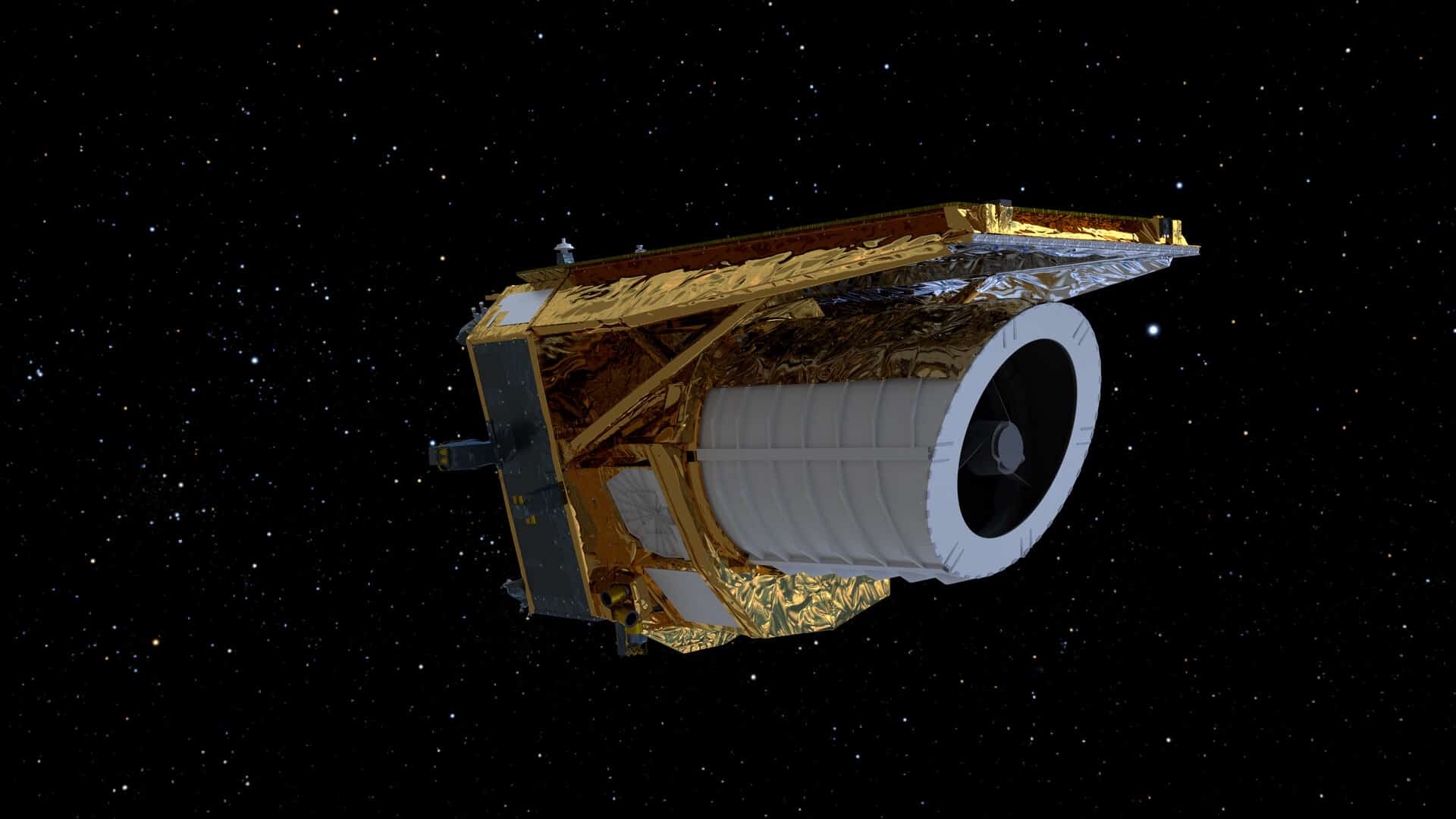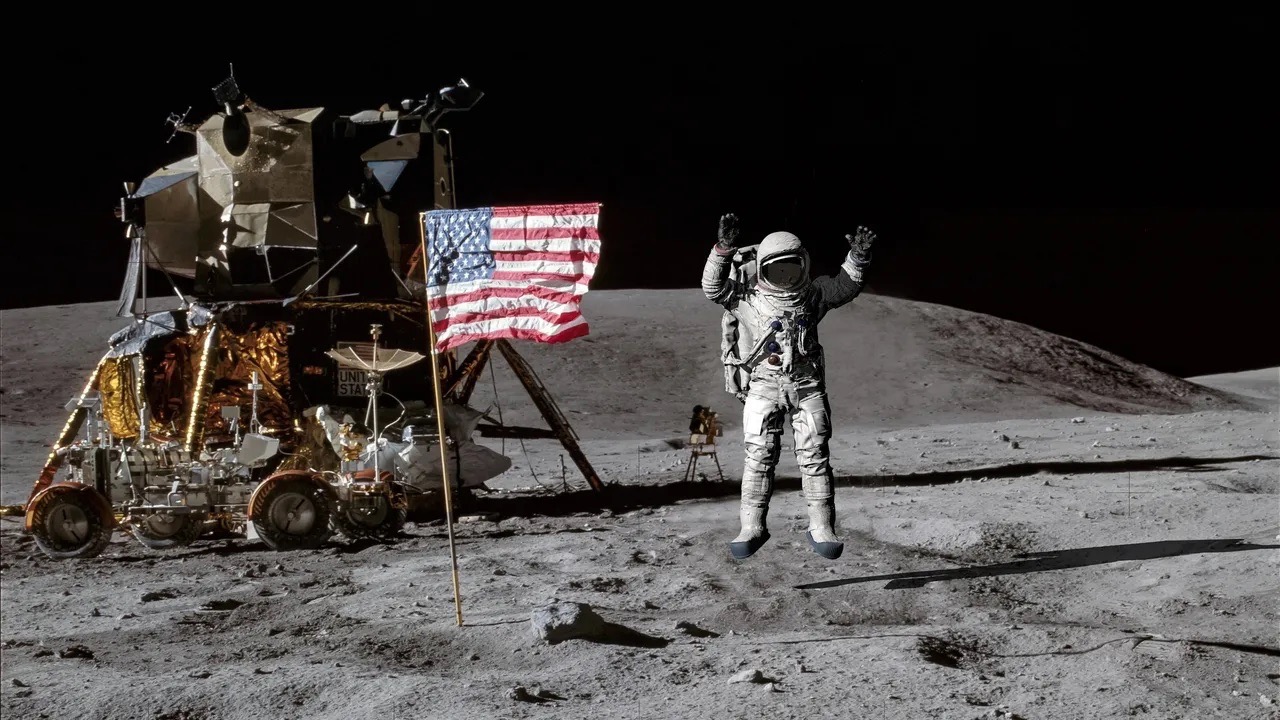The pathway to subverting established scientific theories revolves around three pivotal stages: reiterating the accomplishments of the prevalent theory; elucidating its limitations; and formulating fresh prognostications that diverge and are susceptible to empirical testing.
Mr. Subhajit Waugh, a physicist conducting research at the Raja Ramanna Centre for Advanced Technology (RRCAT), stands resolute in affirming that all three critical phases for deposing reigning paradigms within physics and cosmology have been met.
It’s worth noting that the current landscape of physics bears witness to the clashing of the two foremost theories, while the widely acknowledged ‘Standard Model of Cosmology’ finds itself in the throes of formidable challenges. A prevailing sentiment among scientists is that nature could not possibly operate amidst such contradictions without an underlying harmony. Some theorists have even prophesied an impending scientific upheaval, heralding a paradigm shift that will inevitably give birth to a unifying ‘theory of everything,’ amalgamating the realms of physics and cosmology.
Mr. Waugh’s recent discourse asserts that the ‘expanding (hyper) balloon’ framework delineating the universe triumphs in the initial two stages of the triad (EIN Presswire article 648067906). The third step entails crafting novel predictions that diverge and stand amenable to empirical assessment. This particular stage is quintessential for engendering widespread acceptance of an insurgent theory.
The future predictions laid out by Mr. Waugh hinge upon the forthcoming data from the Euclid Telescope. This instrument serves as an arbiter, capable of either validating his theoretical construct or unmasking its fallacy. Should his conjectures be vindicated, they could potentially supersede not only General Relativity and Quantum Mechanics, the bedrock principles of contemporary physics, but also supplant the Standard Model of Cosmology (SMC). One striking anticipation posits that the most striking revelation from the Euclid data will be the assertion that the universe is positively curved, an assertion with profound implications, signifying a finite and closed universe. Such a revelation could reshape the entire understanding of the universe’s structure, dimensions, and mechanics.
Mr. Waugh has formulated testable and falsifiable predictions:
A) The Euclid Telescope is projected to unveil a universe that deviates from the prevalent belief of flatness, presenting a positively curved configuration. In a curved space, the circumference of a circle on a sphere is shorter than that of an identical radius circle on a flat plane. To illustrate, a dome-shaped orange peel exhibits a shorter edge compared to a pancake of the same dimensions. Transposing this to three dimensions, a sphere, and its surface area, mirrors a circle. Euclid’s observational range extends up to 10 billion light years away. Within this span, it is feasible to segment a sphere into bands of varying radii (e.g., 7-8 billion light years, 8-9 billion light years, etc.), and count the number of galaxies falling within each band.
The projections set forth by Waugh’s model, accounting for a curved universe, stand distinct from the expectations of the flat SMC model, which presumes the galaxy count to be proportionate to the square of the radius. Mr. Waugh’s model foresees a gradual deviation from SMC’s projection as the radius increases. This assertion hinges on the foundational belief that galaxy distribution on a sufficiently grand scale of the cosmos is uniform. Even before the conclusion of Euclid Telescope’s full survey in six years, substantial insights can be gleaned through large-angled conical cross-sections (aligned along three perpendicular axes), ultimately resolving the longstanding debate concerning the universe’s size and structure.
B) Mr. Subhajit’s model advances an unconventional proposition that diverges considerably from existing paradigms, asserting that Normal Baryonic Matter (NBM), the substance composing stars and planets, propels the universe’s expansion. For over a century, scientists have wrestled with the conundrum of what opposes the gravitational force within the universe. Gravity, inherently attractive, implies a tendency towards cosmic convergence. Paradoxically, the universe has undergone expansion since its inception. Mr. Waugh’s hypothesis attributes this phenomenon to NBM’s inherent inclination to distance itself from the true cosmic center. To conceptualise, envision the universe as a balloon adorned with dots, each representing a galaxy. Should each dot (NBM) endeavor to distance itself from the balloon’s true center, then NBM, ensconced within the balloon’s wall, emulates the role of compressed air within an inflating balloon.
This proposition has garnered substantiated support through the recent contention that ‘Black Holes are the Source of Dark Energy.’ Gravity exhibits opposing effects on a local scale (attractive force) and a universal scale (repulsive force). A galaxy defines the surface of Flamm’s paraboloid, with a supermassive black hole (anchored at the galaxy’s core) representing its apex. This paraboloid, attributed to localised stretching of the balloon’s wall by a dot, extends outward from the universe’s true center, where the Big Bang transpired.
Mr. Waugh avers that Dark Energy is illusory, and Dark Matter is superfluous. His forecast postulates a strong correlation and interrelation between Dark Energy, Dark Matter, and NBM, culminating in the conclusion that NBM serves as the foundational cause of both phenomena. In this paradigm, NBM emerges as a decisive agent.






